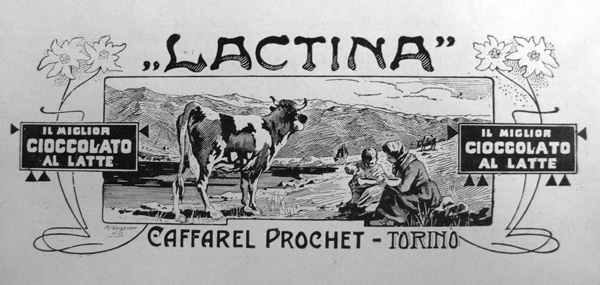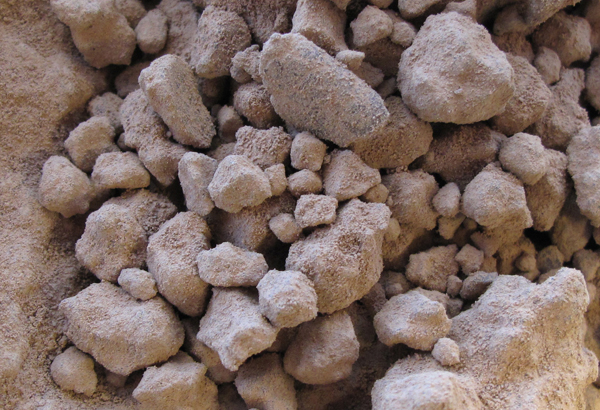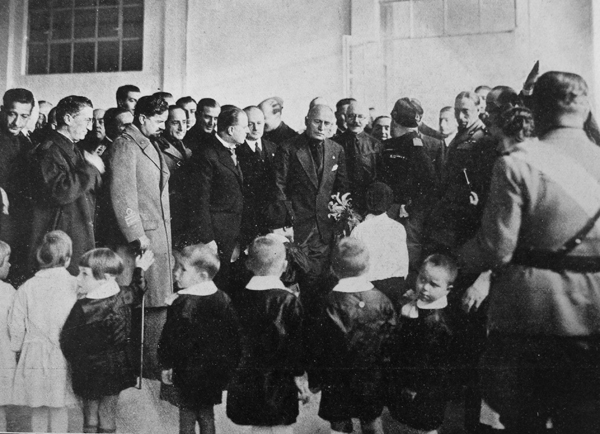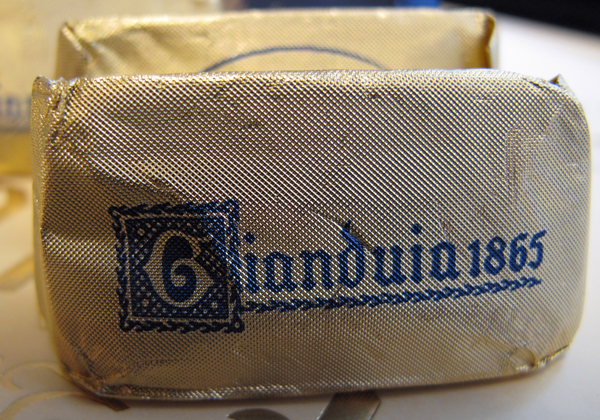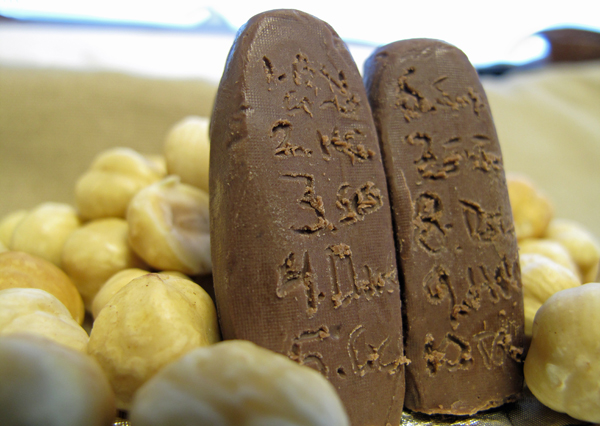
At present, national and online retailers offer few brands of gianduia to American consumers. Those fortunate enough to live near a good Italian market may have somewhat better options. Though we’ll discuss some of the more common brands shortly, limited and inconsistent availability make it difficult to advise on what to buy. Instead, let’s discuss how to buy (1).
